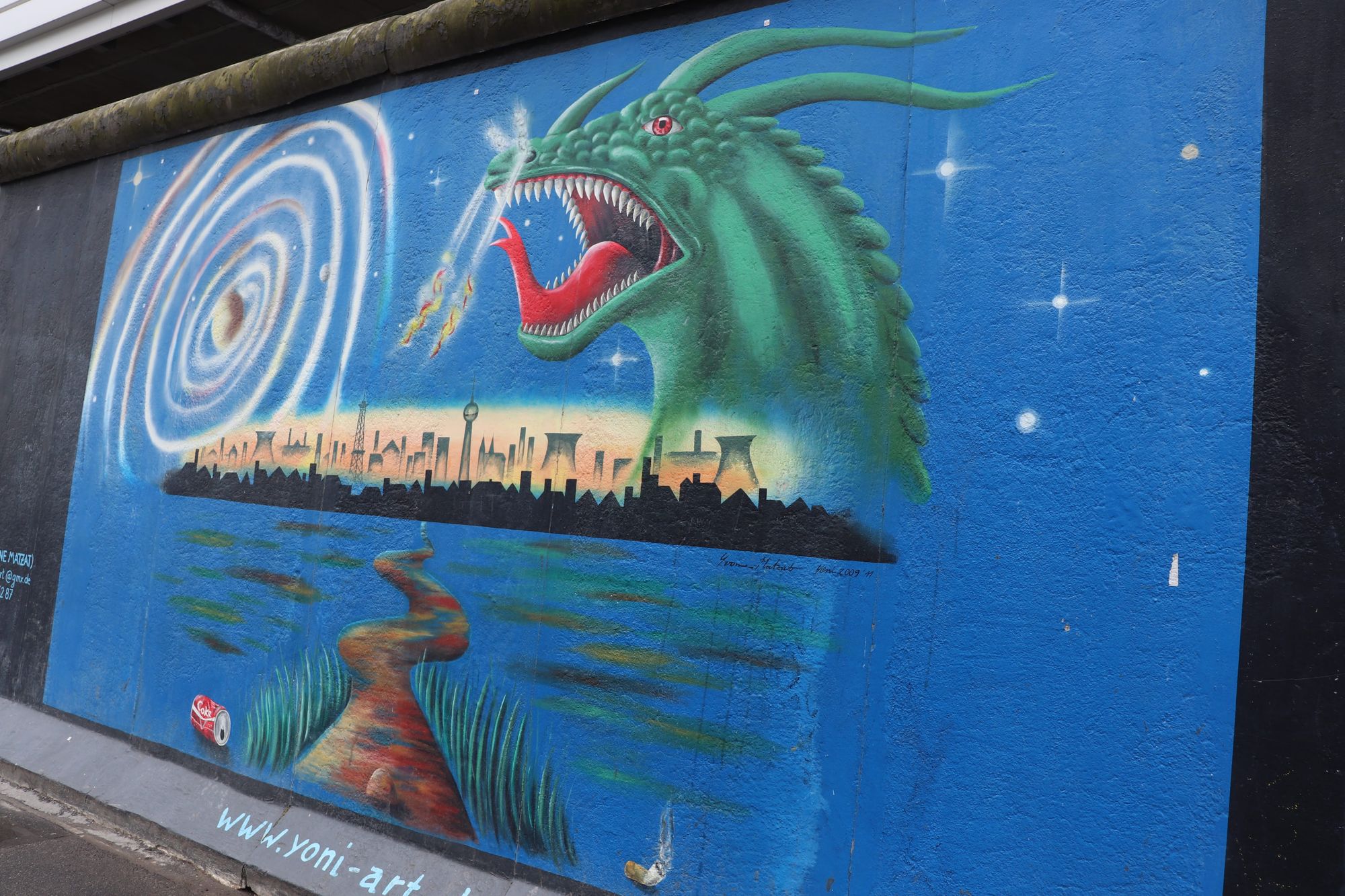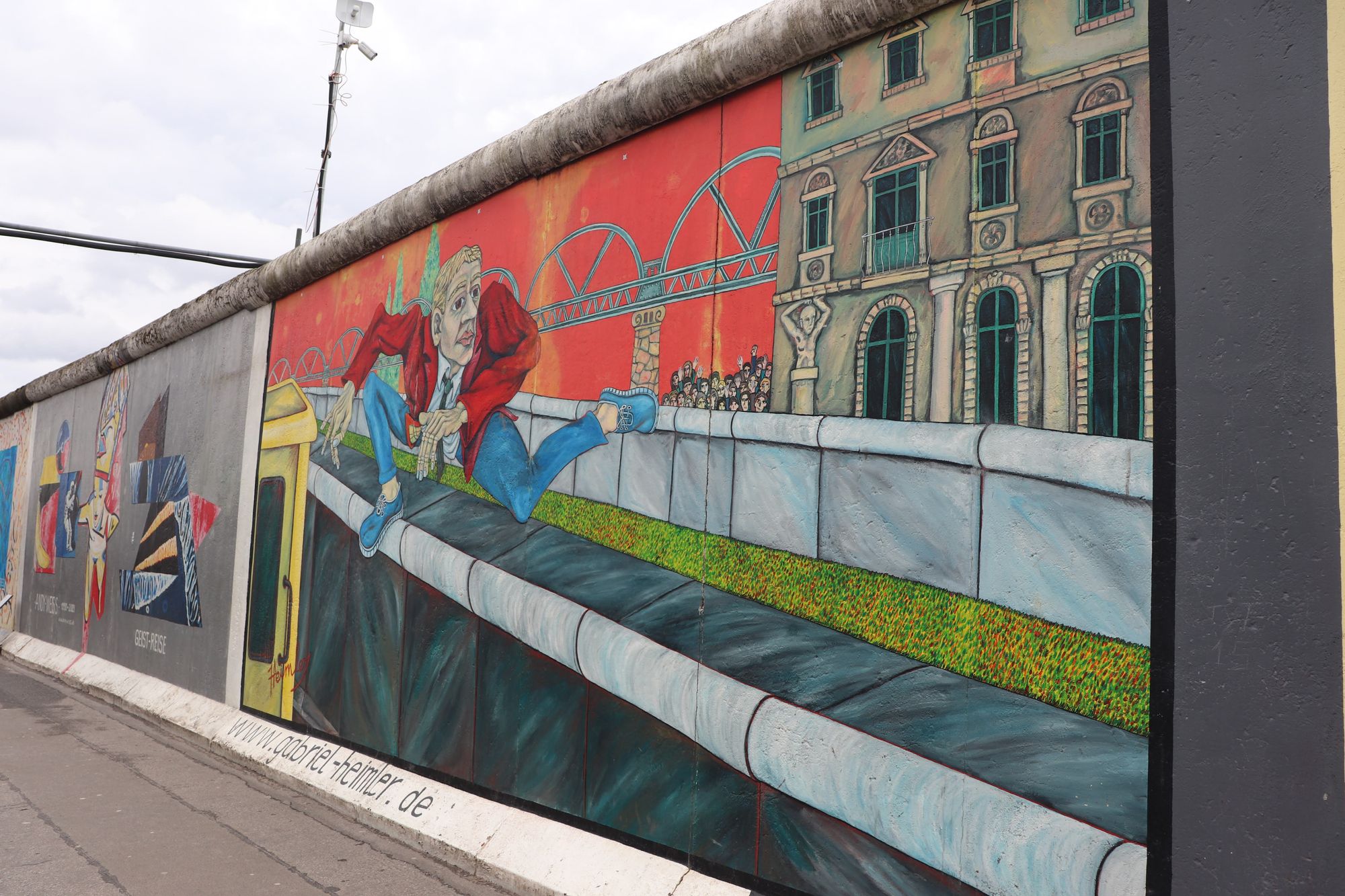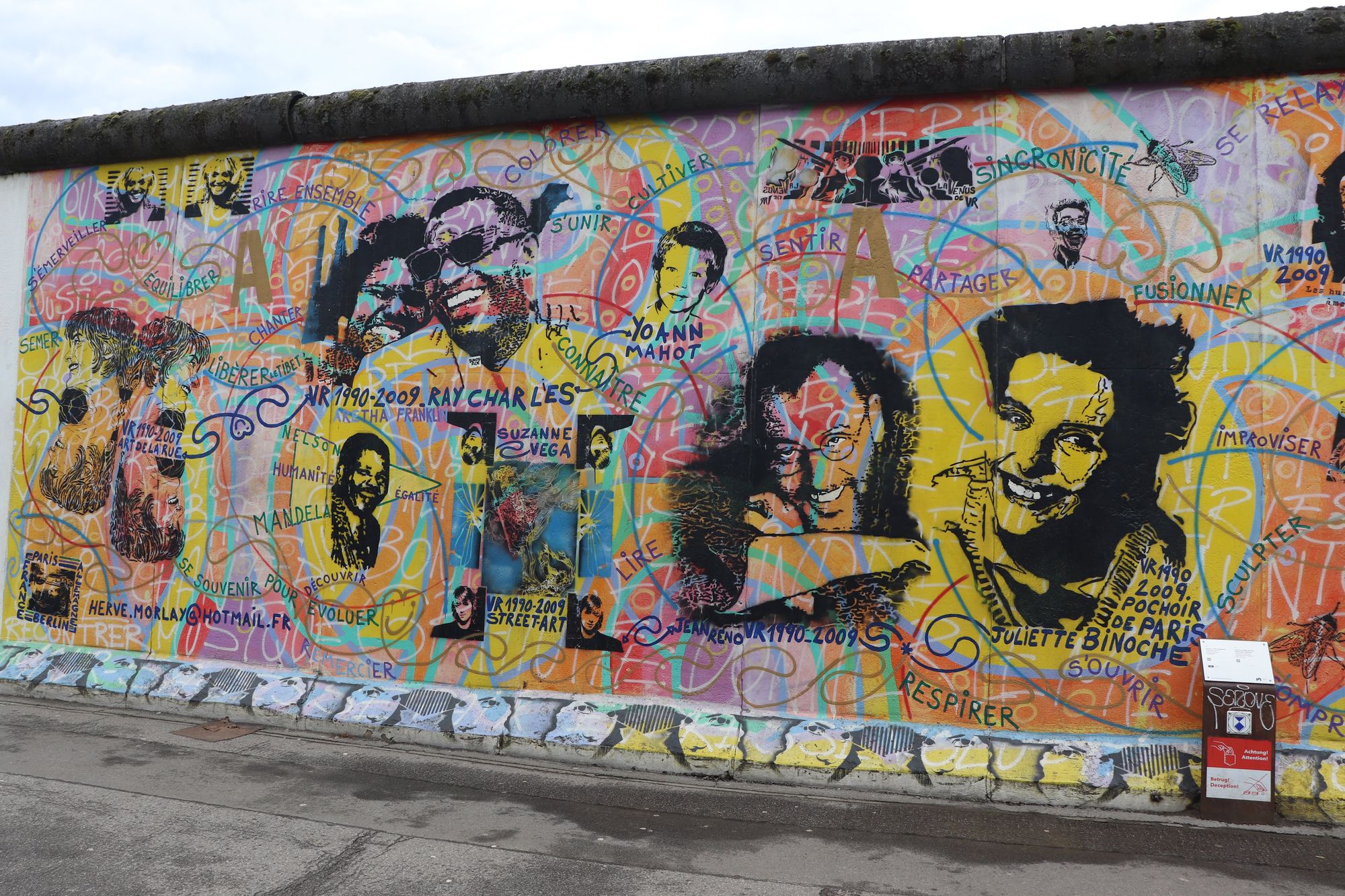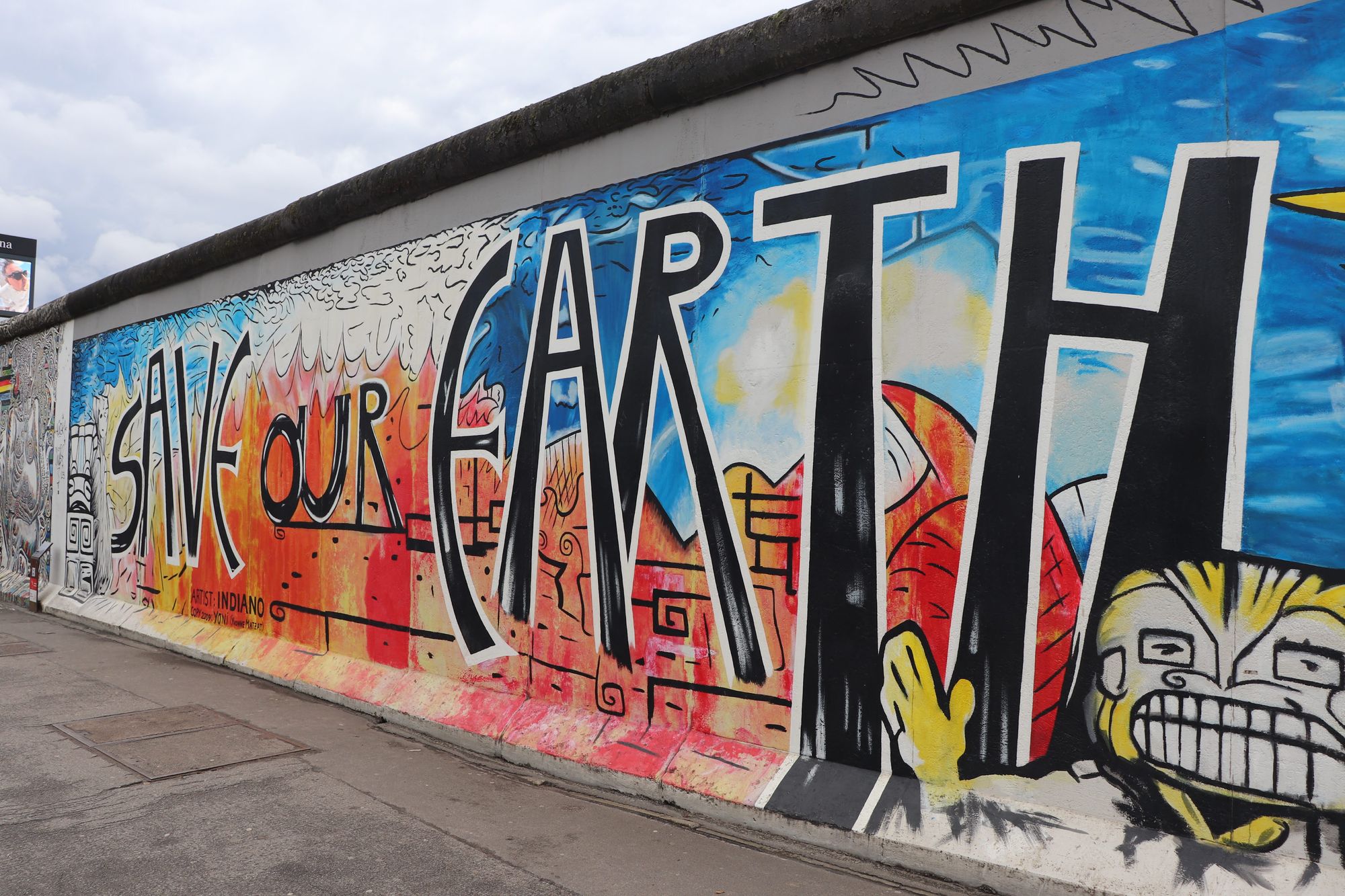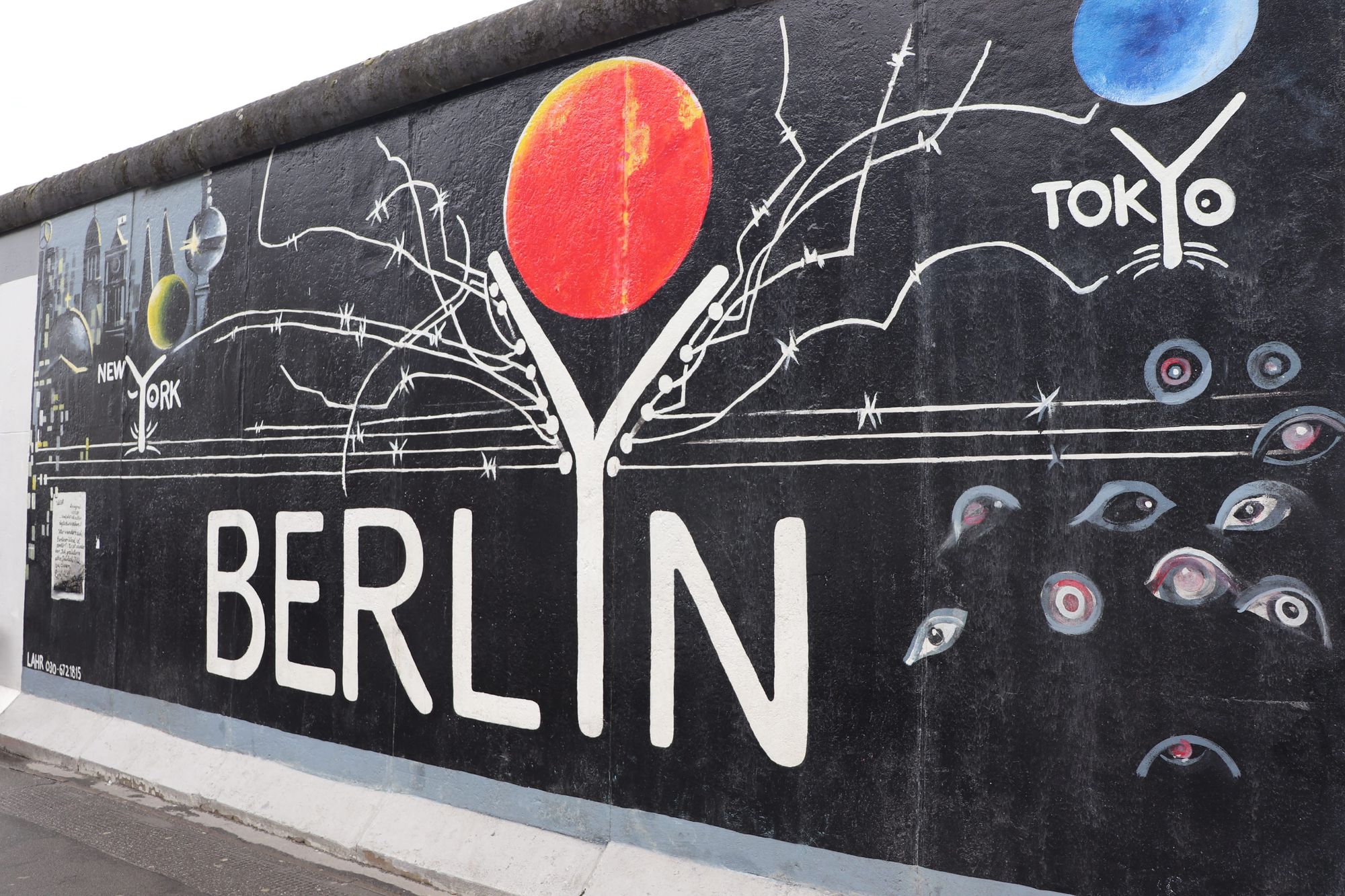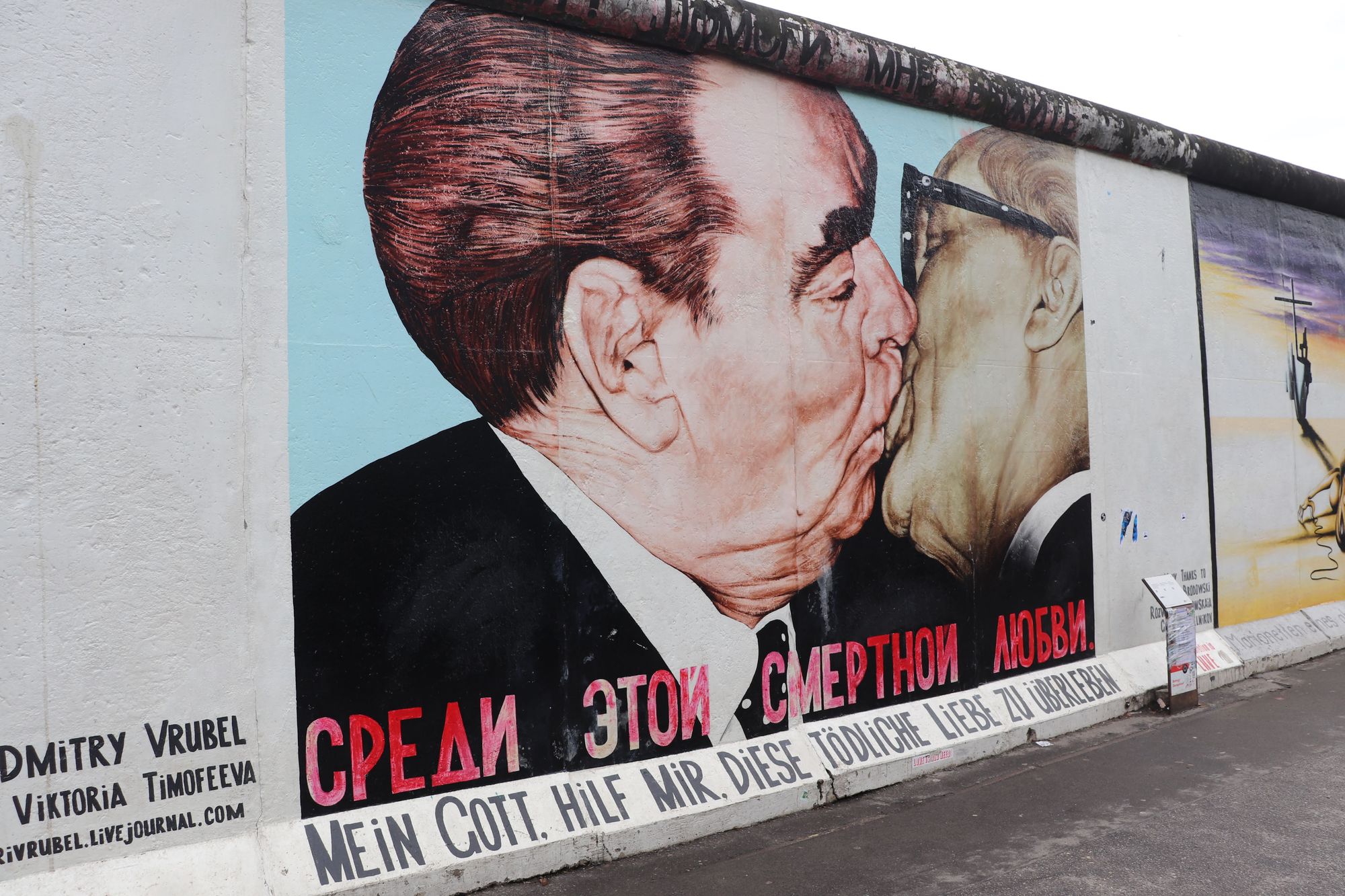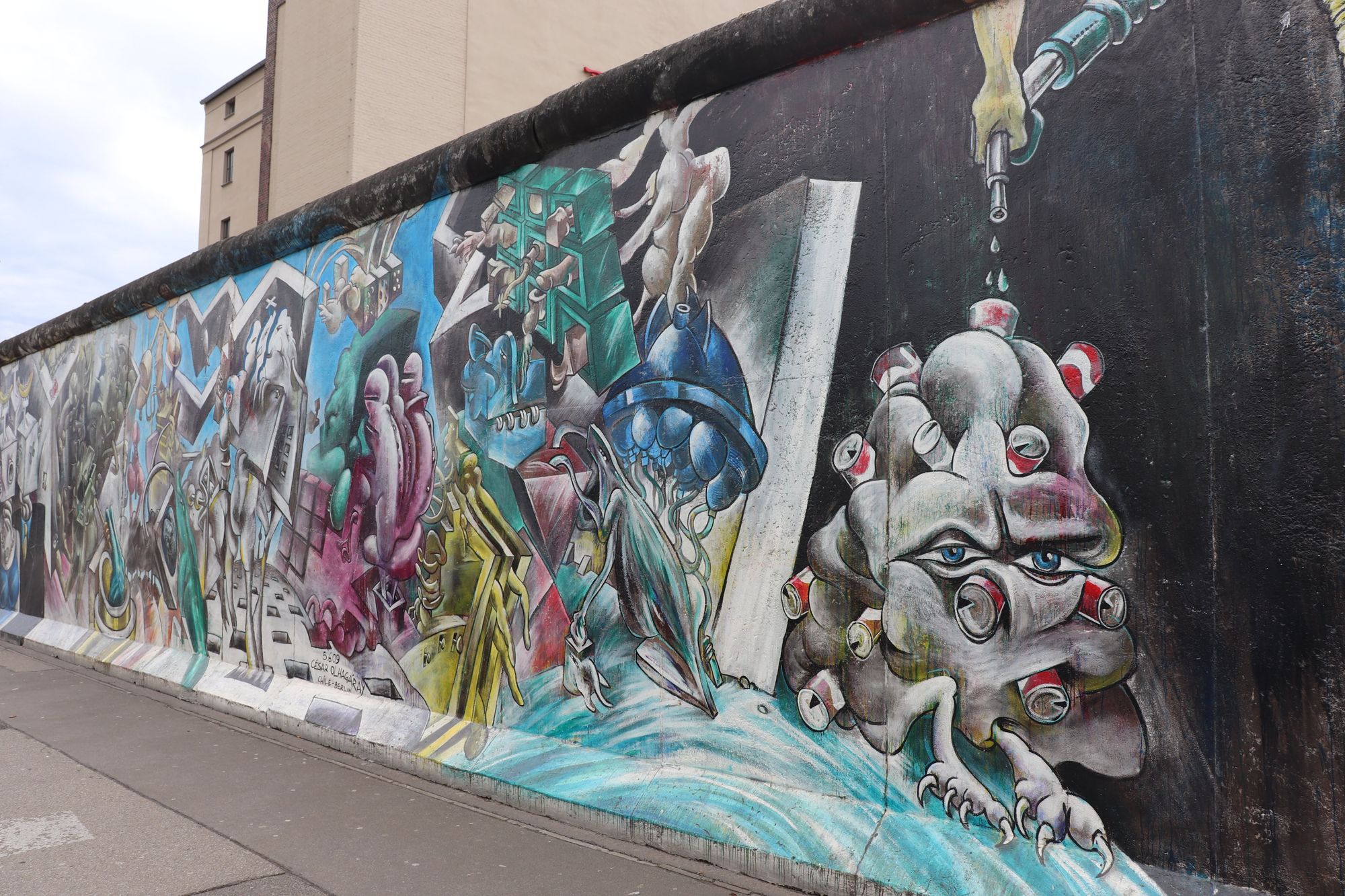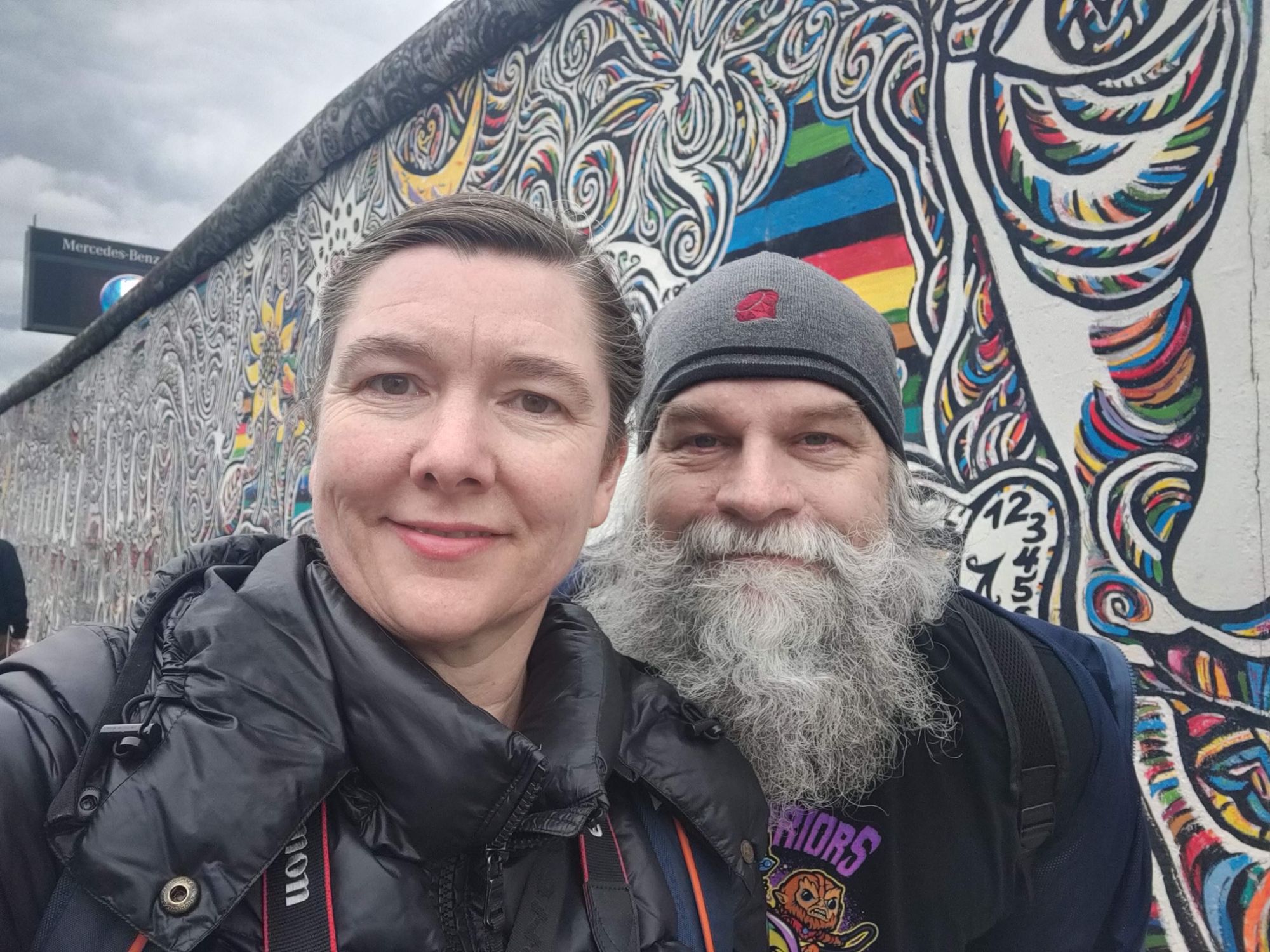The Berlin Wall
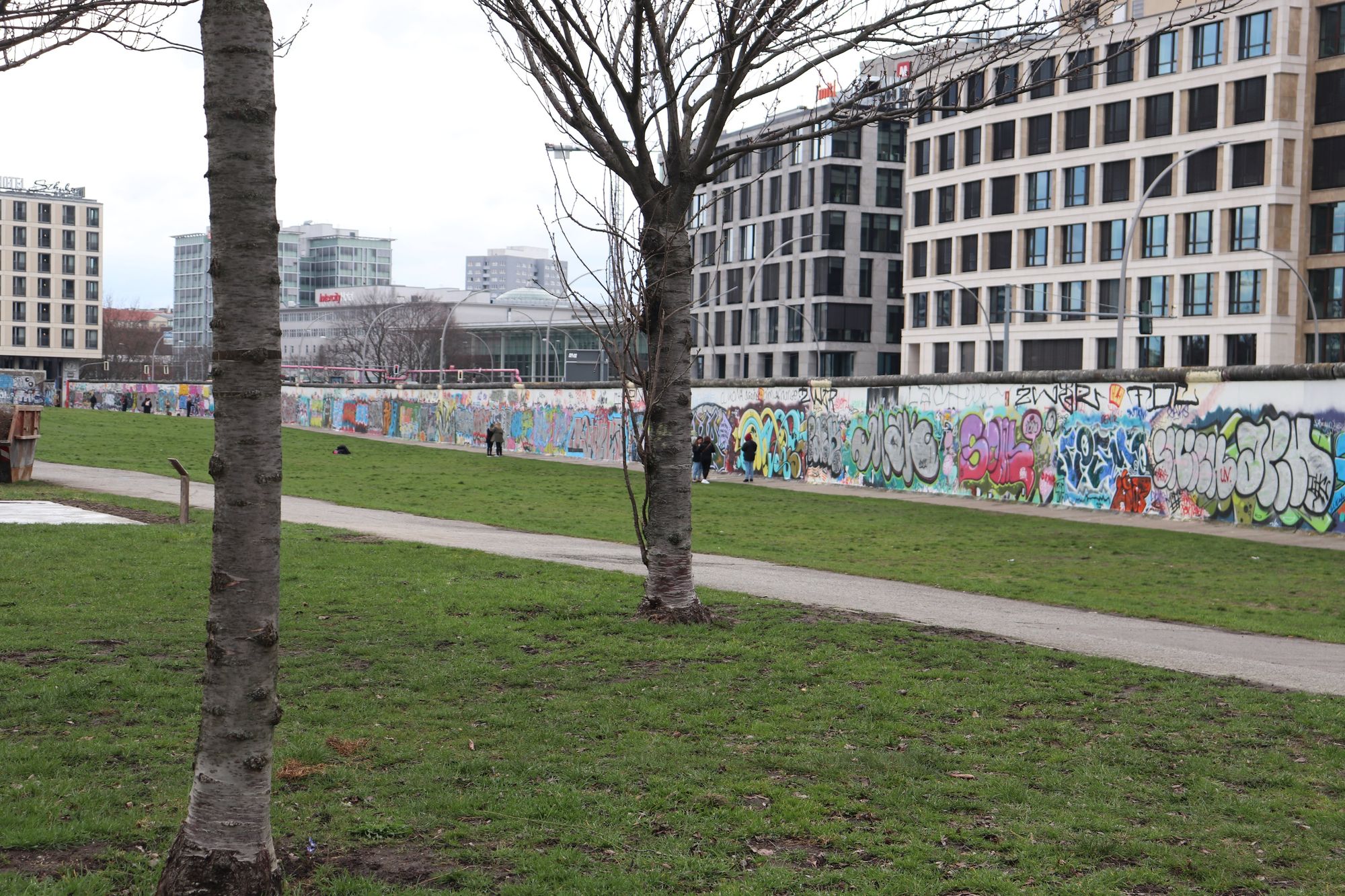
The Wall that divided West Berlin from East Berlin during the Cold War is memorialized in the streets and in outdoor museums throughout the city. We learned that in a November 1989 press conference Günter Schabowski, an East German politician, mistakenly said papers were no longer needed to cross into West Berlin. When people watched the news that evening thousands of them rushed to Checkpoint Charlie and the guards were overwhelmed thus ending the Soviet strangle hold on East Berliners. Now there are only a few sections of the wall that are still standing and where the wall was torn down there are strips of inlaid stones across sidewalks and in the streets indicating where it once stood.
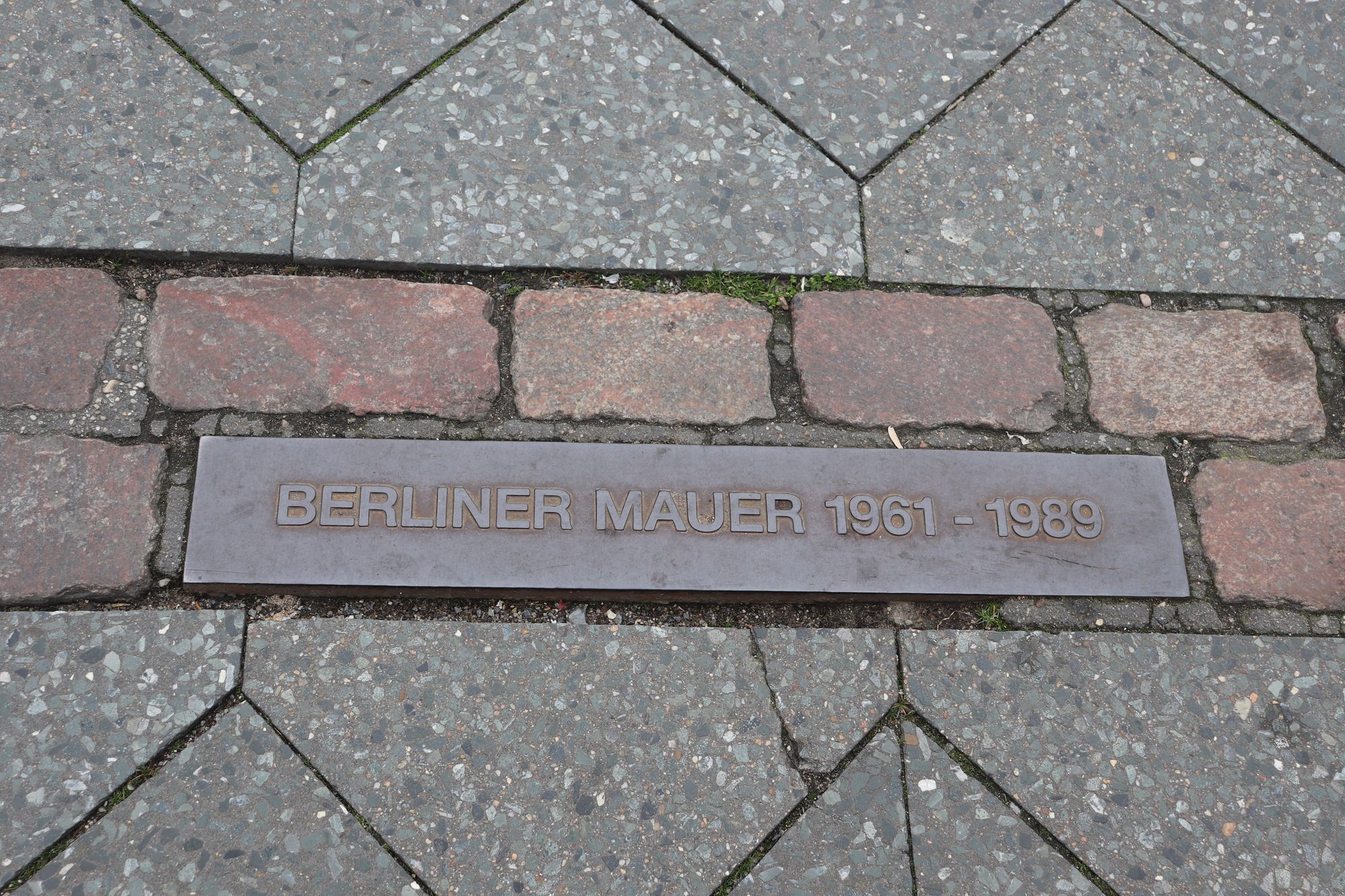
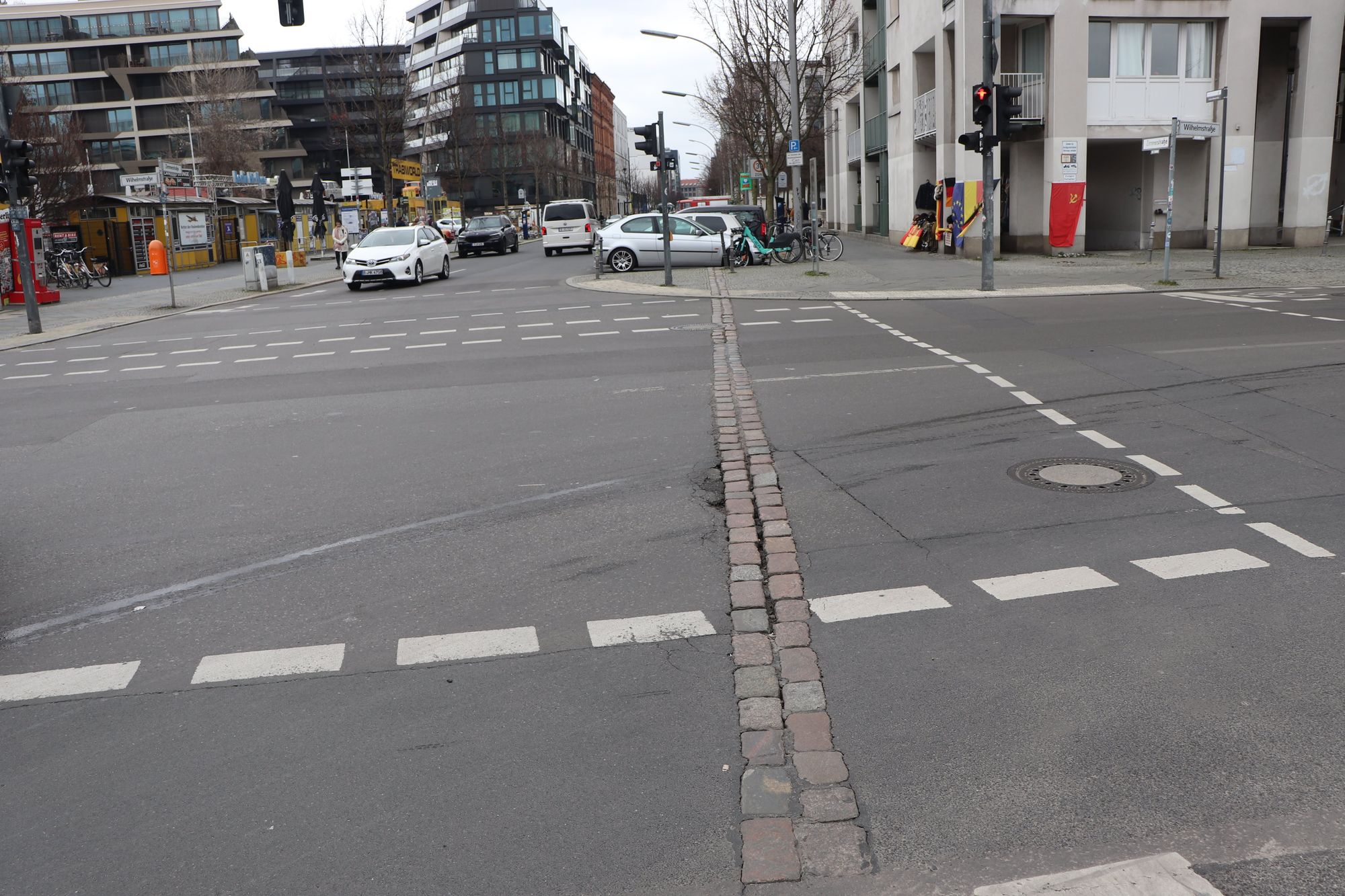
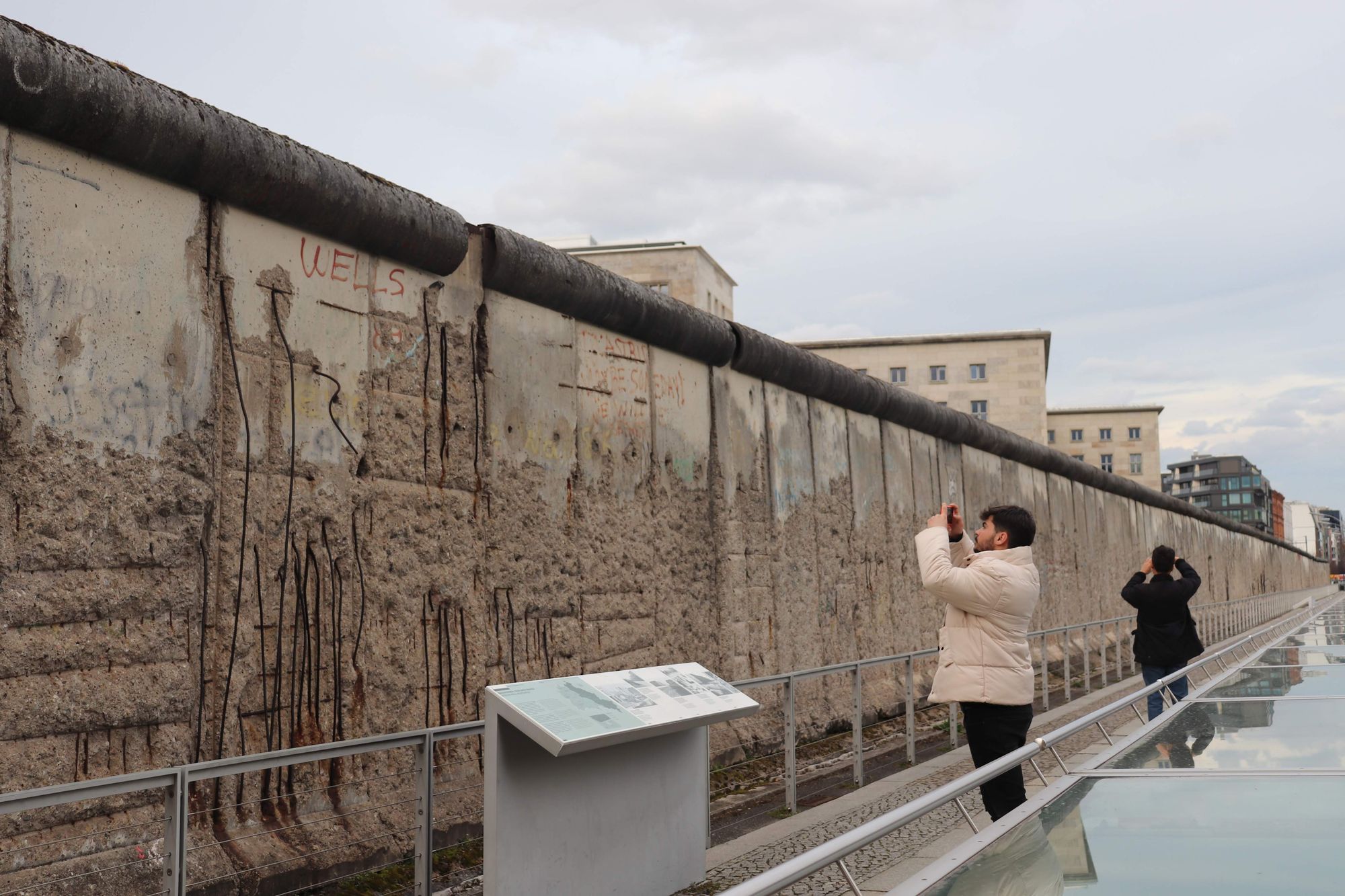
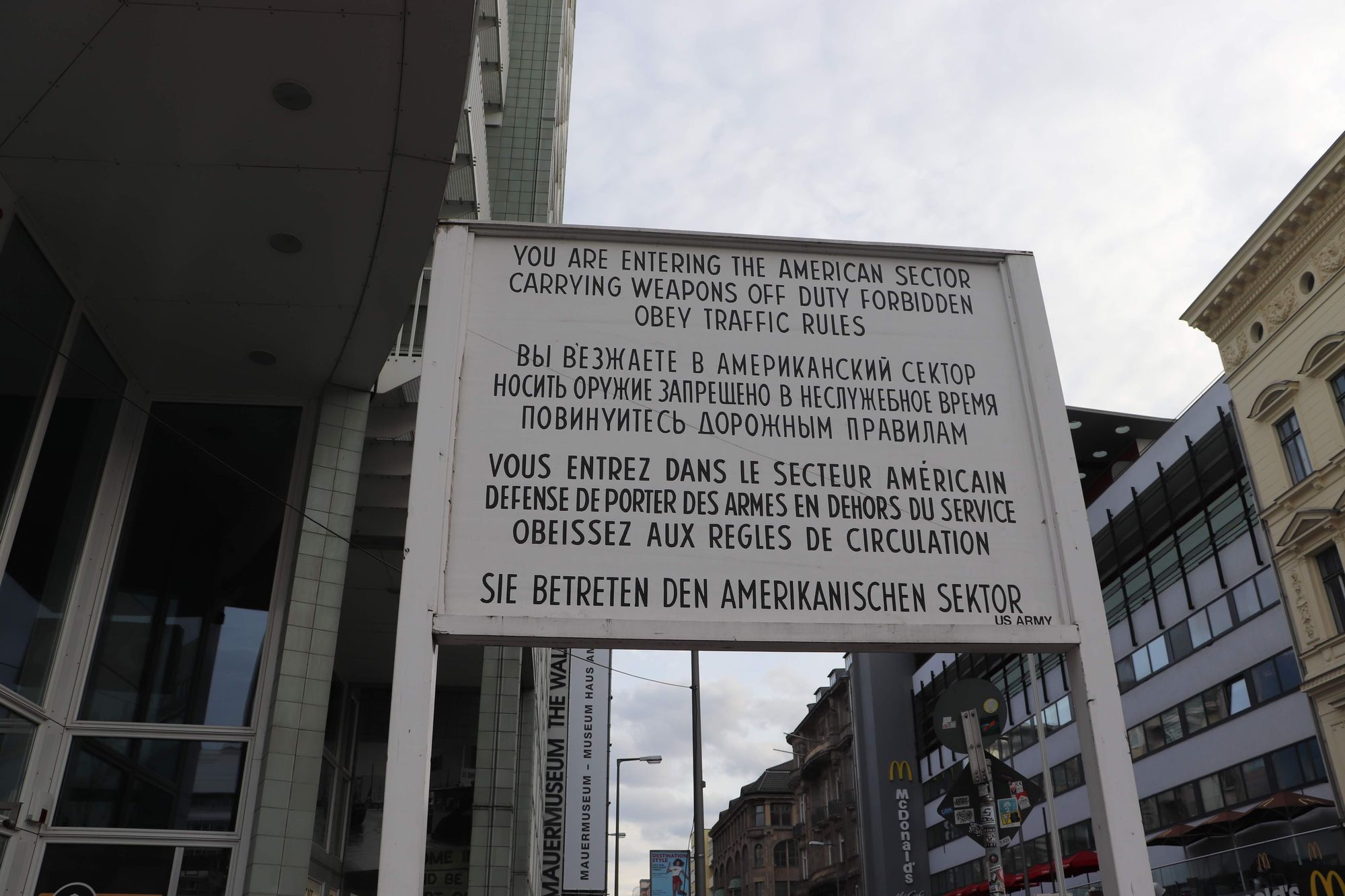
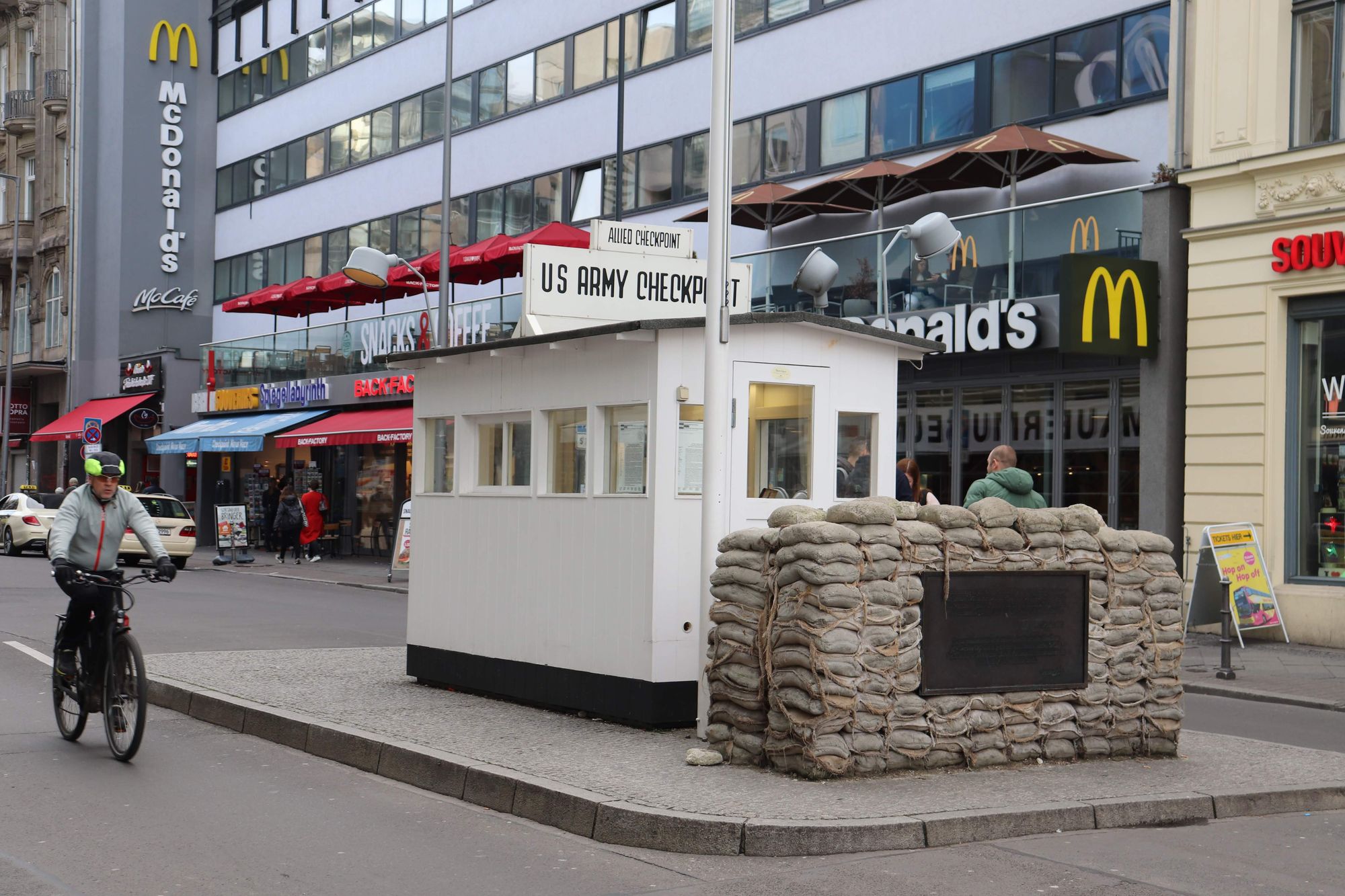
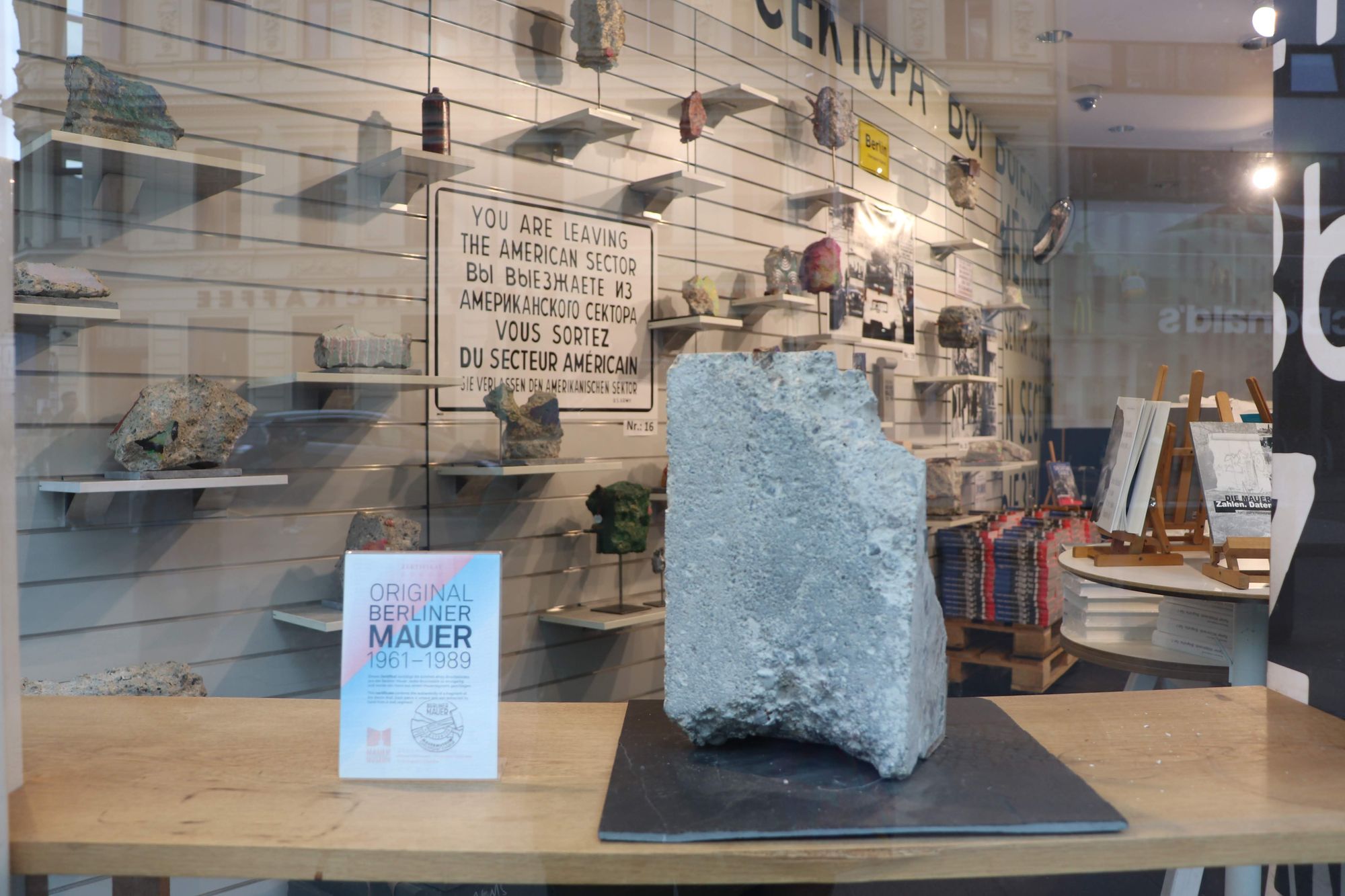
The souvenir shops all have pieces of The Wall for sale for tourists to take home. In 1989 and 1990 people came from all over the world to chip away at the wall or cover it with street art. Then in 2009 Berlin invited several artists to come back and recreate the most famous murals on the wall with paints that could withstand the elements better. That became the East Side Gallery which is a long section of wall with all kinds of street art painted by artists from all over the world. The most famous piece shows two men kissing. It is a recreation of a photo of a Soviet politician and an East Berlin politician sharing a "Bruderkuss," a fraternal kiss, in 1979 during the celebration of the 30th year of Soviet occupation of East Germany. The artist named the piece ‘’My God, Help Me to Survive This Deadly Love,’’ however many mistake the piece for a celebration of gay rights in Berlin. The 1,316 meter long wall was filled with very interesting artworks that depicted different emotions about the Cold War and warnings for future generations.
